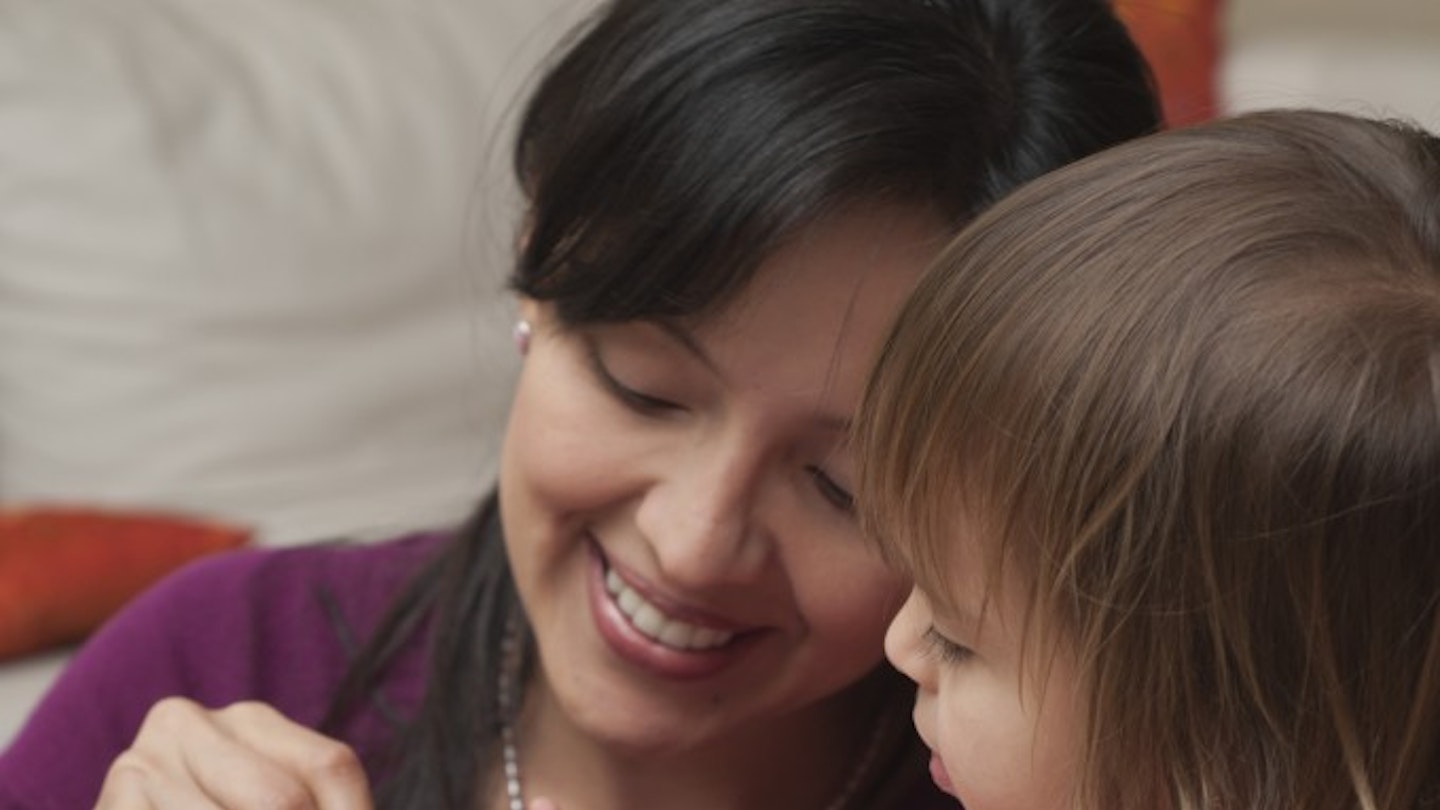It’s every parent’s dream – a child that can switch between languages without a second thought. And it’s easier for your tot to learn than you may think, especially if you start when he’s a baby.
Raising your baby to speak more than one language gives him a brilliant start in life – and, contrary to belief, is no harder for him than learning one.
‘Being bilingual from an early age can help children to understand how language works, something which children speaking only one language often have to learn,’ says early years speech and language therapist Amanda Baxter from I CAN.
‘Learning additional languages that are closely related to the languages you speak is always easier, so that can stand bilingual children in good stead for learning more similar languages when they are older.’ Like the idea of your one saying he loves you in Spanish? Then this is what you need to do…
1. Start early
Even before your baby arrives, he can hear you. ‘His hearing is developed by around 24 weeks so he’ll already be listening to you and preparing for the world they are going to come into,’ says Amanda. ‘Start talking to your bump in more than one language when you’re pregnant and this will tune your baby into yours and your partner’s voices right from the start.’
2. Make a plan
Decide how you’re going to go about teaching your baby to speak more than one language. Will one of your speak one language and one of you another? And when you and your partner speak to each other in front of your baby, what language will you talk in? Whatever your plan, you need to be consistent and you need to stick to it as much as possible until your baby’s three years old.
3. Get clued up
Have a look into infant language organisations and online forums and places that you can get tips and advice when you need it. I Can, the children’s communication charity is a great online resource and signing up for a baby language classcould be the way to go for you.
4. Speak the language you know
Whether you speak to your baby in French and your partner in English, or you both speak to your baby in English and your parents speak to your tot in German, your baby will quickly sort out who he speaks in which language with. ‘The pattern of one parent using one language and the other another language has its roots in giving your baby a good language model and feeling comfortable with the language you're speaking,’ says Amanda.
5. Use actions and words
Using actions will help your baby make the connection between the word and what it means in all different languages – just like if you were using baby signing. ‘Try waving as you say “bye-bye” or picking up their cup as you say “drink”,’ says Amanda. ‘This will help your child to relate what they see and do with language.’
6. Make it fun
Sing action songs and play games in both languages to help make learning multiple languages very fun and normal for your baby. ‘This will help your baby learn about the way different languages work,’ says Amanda. ‘Sit face to face with your baby and show him how to make different sounds and he’ll try to copy you when he’s ready.’
7. Build it into storytime
Alternate your baby’s bedtime story reading with your partner, so that you both have the chance to read in a different language. ‘Reading books in the languages you use at home can help your baby to hear these languages,’ says Amanda. ‘Use the language you feel comfortable with as this will help you bond with your baby.’ Also, buy your tot some films and CDs in both the languages you want him to learn.
8. Encourage copying
Babies learn from hearing you and watching you – and that applies whatever language you’re talking in. ‘Your baby’s learning that there are words that go with certain objects,’ says Amanda. ‘Naming things for him, i.e. “Yes, it's a cat!” will help him associate a word with an object. And this works using different languages.’
9. Hire a nanny or babysitter who speaks another language
If neither you nor your partner speak a second language but you’re keen for your baby to learn one, you could hire a foreign-speaking nanny or babysitter to look after your tot. Ask that she only speak her first language around your baby so that he starts to understand it. If you’re a stay-at-home mum or can’t afford a nanny, you could arrange playdates with bilingual families or send your tot to a bilingual nursery.
Are you your baby to be bilingual? Share your tips in the comments box below.
